The Best SEO Services Companies in Delhi NCR: A Comprehensive Guide
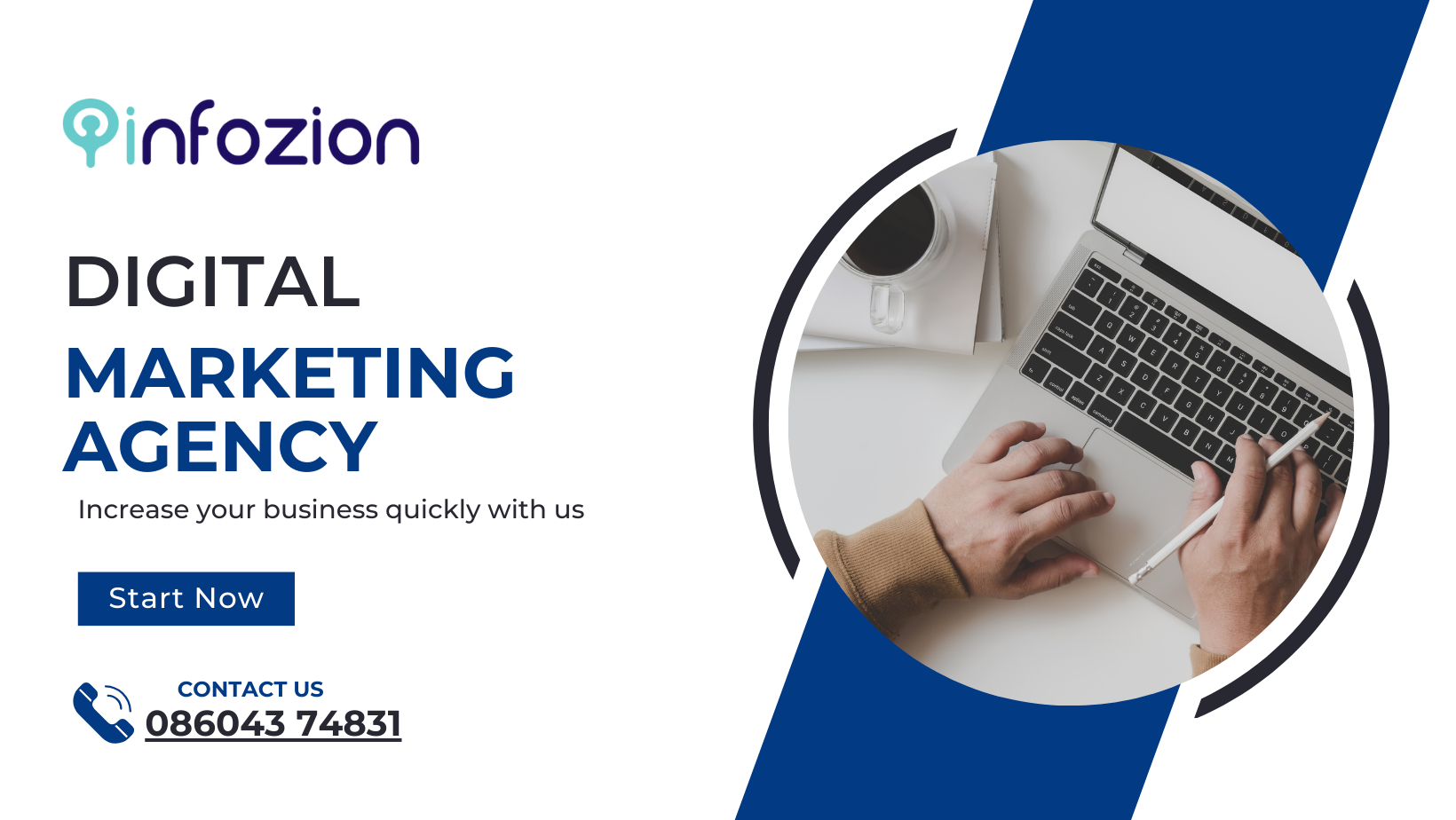
The Best SEO Services Companies in Delhi NCR: A Comprehensive Guide
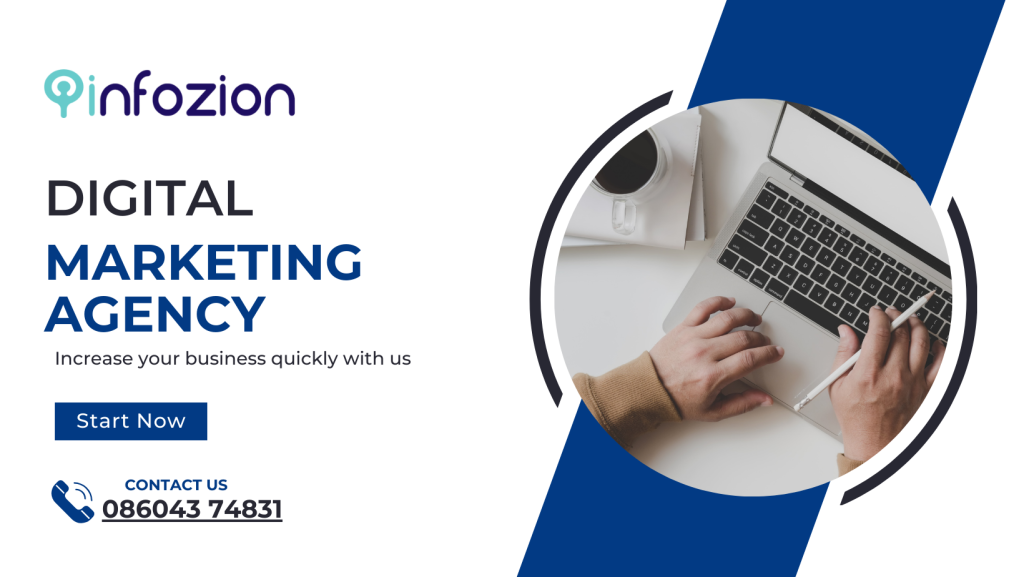
In the ever-evolving landscape of digital marketing, Search Engine Optimization (SEO) remains a cornerstone strategy for businesses aiming to enhance their online visibility and drive more organic traffic. Delhi NCR, a bustling hub for technology and innovation in India, is home to some of the finest SEO services companies. These firms are not just about optimizing content but are dedicated to crafting strategic solutions that align with the latest SEO trends and Google algorithms. Best SEO services companies in Delhi NCR, offering insights into their methodologies,
1. Infozion: Innovate to Dominate
At the forefront of SEO, these Best Seo companies in Delhi NCR are not just service providers; they are trendsetters and innovators. SEO is about adapting to constant changes and thus, they employ state-of-the-art tools and techniques to ensure your business stays ahead.
Key Services Offered:
Tailored Strategies: Unique Solutions for Unique Businesses
Understanding that each business has unique needs, the Best SEO companies in Delhi NCR offer customized SEO strategies. They take the time to understand your business objectives, market dynamics, and competitive landscape to craft bespoke strategies that yield tangible results.
Why They Excel:
- Personalized Attention: Each client is treated with individualized care, ensuring that strategies are perfectly aligned with their business goals.
- Comprehensive Research: Extensive market and competitor research form the foundation of their SEO strategies, enabling them to identify and capitalize on niche opportunities.
3. Measurable Results: Transparency in Every Step
Transparency and accountability are the hallmarks of reputable SEO firms. These companies ensure that you are not just witnessing results but also understanding them.
Reporting and Analysis:
- Regular Updates: Monthly reports and regular updates keep you in the loop on your campaign’s progress.
- Analytics: Advanced analytics are used to track the effectiveness of strategies, adjusting tactics as needed to optimize performance.
4. Ethical SEO: Building Long-Term Success
Ethical practices are central to the operations of the top SEO companies in Delhi NCR. They adhere to white-hat SEO techniques, ensuring that your website gains visibility through legitimate means.
Commitment to Ethics:
- No Black-Hat Techniques: These companies strictly avoid deceptive practices that could potentially harm your website’s long-term presence.
- Sustainable Growth: They focus on strategies that promise sustainable growth rather than quick, fleeting successes.
5. Client Success Stories: Testimonials of Triumph
Client testimonials and case studies are testaments to the effectiveness of these SEO firms. They showcase real-life examples of how businesses have transformed by climbing search rankings and enhancing their digital presence.
What Clients Say:
Increased Traffic: Many clients report significant increases in website traffic.
Higher Rankings: Clients often celebrate reaching the first page of Google search results.
Improved Sales: Enhanced online visibility often translates into increased sales and better business growth.
In conclusion, the best SEO services companies in Delhi NCR stand out for their innovative approaches, tailor-made solutions, transparent practices, and ethical strategies. If you’re looking to enhance your online presence and drive more organic traffic, partnering with these top-tier SEO experts could be your next best move. Remember, in the realm of digital marketing, staying ahead means choosing partners who are not just service providers but strategic allies in your business growth.
Have you ever imagined that hundreds of web applications get created each month? The problem has shifted from “does your company need a web application?” to “how much does a web application development costs?” As we recognize that everything is shifting digital, industries must have a web application.
However, hundreds of articles provide different estimates for a web application development cost which does not give us a clear picture of the actual costs. Everyone wishes it to be so simple, like split-second estimates and time frames. Unfortunately, it is not that simple.
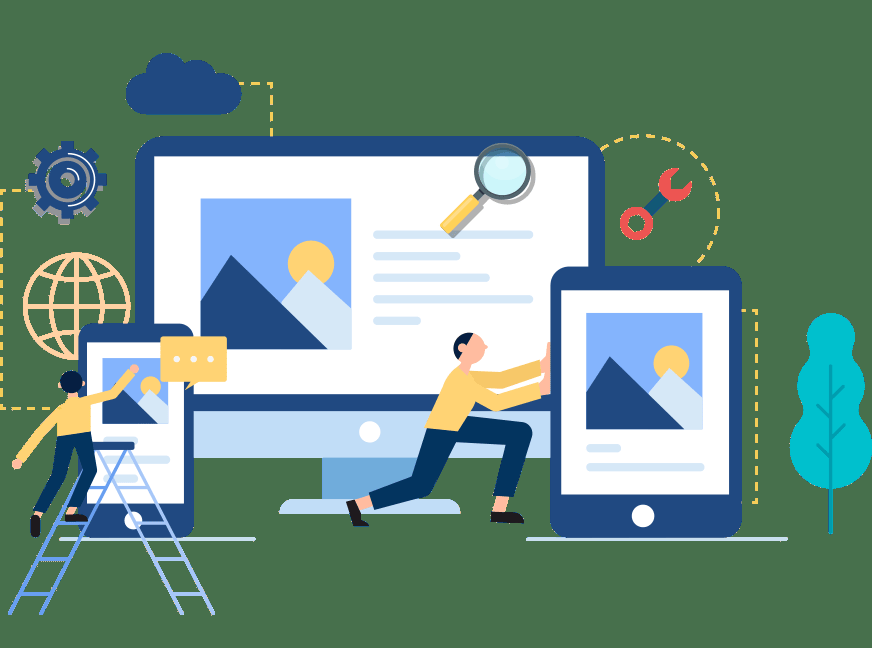
(Source- netleafinsoft.com)
Let’s dive into various factors that impact the web application development costs:
- Scope of project:
The scope of the project allows having the required amount of work to develop the web application. Fulfilling all the characteristics at once will increase the cost of development and impediments.
- Technological complexity:
Implementation of technical complexities will increase the cost of development, whereas regular features are not so expensive.
- UI/UX Design:
If you want to have a customized design to lure your audience, the web development costs will increase. On the other hand, standard templates and themes will need a less expensive UI/UX design.
- Deadlines:
A rush project always means higher costs. If there is a demand to meet tight deadlines, more resources get engaged in a single project. A deadline also means higher risk with effective management and increased costs.
- Non-functional needs:
One of the most non-functional needs for a web development company is the system’s capacity to handle per unit of time. Heavy load systems are always expensive.
- Web development company:
The geographical location plays a crucial role in deciding the web development costs. Web development companies’ charges vary as per the geographical location.
- Engagement model:
The fixed engagement model will increase the development cost, whereas the non-fixed price models will cut your development expenses.
Also, there is a distinction between the charges taken by freelancers and charges by a company like Infozion for web application development.
Compare Web development charge on company rates:
With the similarity in requirements, engagement model, and functionality, the web development cost will range from approximately $10,000 to $5,00,000+.
Here is the reason for the price variance:
- Geographical location:
The geographical location determines the prices of the web development professionals and the extent of their corporate charges. Companies’ prices differ as per the geographical location.
- Industry expertise:
Companies with highly skilled professionals who have expertise in narrow fields are always in high demand. The cost for these expert services becomes higher as they possess special knowledge.
- Company’s goodwill and respected awards:
You should know and be ready to pay more if you want to develop the web application with a company having goodwill, a qualified team, a suitable workplace, and a proven track record.
Well, let us have a look at the statistics regarding approximate web development costs by company sizes (for a mid complexity application- 1500 hours approximately)
Freelancers and startups: $15,000 to $38,000
Small companies: $38,000 to $1,00,000
Mid sized companies: $1,00,000 to $2,25,000
Large companies: $2,25,000 to $5,00,000
It is best to select experienced professionals, as they will benefit your company in the long run. Such experts are not significantly expensive in the market.
Cost evaluation by project complexity:
Now the next stage is to present the web development costs based on project types.
Basic (simple web app):
$5,000 to $15,000+
The basic simple web app includes basic functionalities, minimum content, and limited UI/UX. Examples are:
- Pre-defined template layouts.
- Small online catalogues.
- It includes additional widgets and features to the existing web apps.
Professional (mid-complexity web app):
$15,000 to $60,000+
The professional web applications include more advanced functionalities, a lot of content, and interactive features. Examples are:
- E-commerce stores.
- Market-based web apps
- Modules for existing web apps
Complex web apps:
$60,000 to $2,00,000+
The complex web apps have advanced features like audio/video processing, real-time synchronization, custom animations, third-party integrations, and complex back-end.
Enterprise web apps:
$2,00,000 to $5,00,000+
The enterprise web apps often developed for established companies have various custom features, individual UI/UX designs. Examples are:
- Automated billing systems
- Payment processing apps
- Call centres
- E-mail marketing systems
Innovative web apps:
$5,00,000+
The reason for the higher cost for these web apps lies in their title. These apps are made for large corporations having continuous large cash flows.
These are complicated web apps requiring constant innovation.
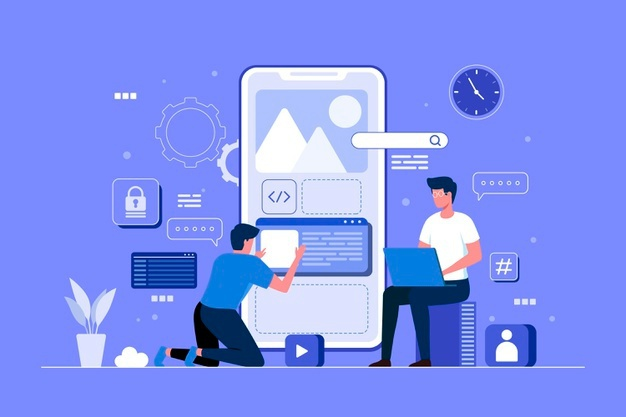
(Source- quora.com)
Throw away your doubts:
If you have your project costs estimated, but it does not fit your budget.
It is perfectly fine.
Do not make a hasty decision.
Instead, try to clarify every detail.
When you and the development company clarify the doubt, there will be two options left.
- Quit
- Try to negotiate the price.
On the other hand, if the price is unexpectedly low, try to clarify all the details.
Lower price catches attraction.
However, if you are not tempted to clarify your doubts, you might have the risk of overpaying the prices later.
Note:
The above estimations have approximate figures, and the costs may vary as per the company rates.
Closing summary:
We hope that now you have a basic understanding of various factors included in the web development costs, how the companies determine the prices, and how to clarify the doubts.
Moreover, if you want the precise cost estimation of a web development app, contact the companies directly.
At Infozion, we consider the project estimation cost as a chance to understand customer needs. In turn, we would know if the customers were satisfied with our way of communication, work approach, and prices.
If you are looking for experts to guide you through the process, feel free to contact us.
Our experts will connect with you in 24hrs to save you hassle and time.
The concept of the solitary creative genius is a myth. When I first began as a UX designer, I felt like my designs had to be complete before I could show them to anyone.
I think this vulnerability stems from a feeling that we as designers have to think through every element before we can call a design complete.

As a result, it can be tempting to withdraw — to fully embrace the solitary UX designer stereotype — and assume the problems we’re facing are uniquely our own. But here’s the thing: usually another person on your team has dealt with similar challenges.
It can be nerve-wracking, vulnerable, and challenging at times, but getting out of our own heads and incorporating collaboration into our design processes can make us all better UX designer.
Over the years, I’ve come to learn that designing collaboratively means putting your egos aside to make something that transcends the sum of its creators.
Here are six ways you can be more collaborative based on our process at Constructive:
1. Start a Conversation

I spend most of my days independently thinking through interaction concepts and visual executions with prototypes, wires, sketches (lots of sketches), and of course .jpgs, .pdfs, and some .sketch files.
When I get to a place where I feel comfortable that most chips have landed in approximately the right places, I usually first reach out to my fellow UX designers to get quick initial reactions, advice on how to elevate the work, and general tips on what’s working and what’s not.
The computer can be the worst tool for problem-solving, so it’s critical to step away from your screen and talk through the work with another person to make sure your design intention is coming through and the system is intuitive enough for another person to use.
2. Embrace Internal Reviews

We always review internally before presenting designs to a client. This gives other UX designers on our team the chance to comment on the work. Talking through a design system with another person can be like a sieve for your own ideas.
What’s working? What’s an outlier? What are the ways we can extend the system? Usually, after we talk through a problem, I get the reassurance of how to go forward because I know how other people have interacted with the prototype.
It’s easy to justify a system’s flaws in your head when you’re the only person who’s seen the design, so it’s critical to get a second or third or fifth opinion on design so we can make certain the system works and is helpful for everyone.
It’s also good practice to test your ideas in presentation mode before having a formal client presentation. What sort of language am I using to describe the design?
Is it intuitive enough or do I have to explain my rationale in order for someone to understand the intention? If the latter is true, it’s a good indication that I might need to work through the design to get it to a place where it can exist without me explaining how the user should interact with it.
3. Incorporate Prototype Testing

A prototype can be anything. It can be a piece of paper, an interactive InVision board, a card sorting sitemap, or general experience that’s used to test how a typical user engages with a product.
When I’m uncertain about an assumption I have about design, it helps to do some informal user testing with the design team and other colleagues.
Testing with members of your team is a good exercise for thinking through basic user experience patterns because everyone brings a unique understanding of web accessibility standards and how to improve usability.
I did several rounds of user-testing on colleagues early on in the process of developing the UI UX for BMW before doing around with target audience members to streamline controls and make sure there was a base understanding of how it functioned.
4. Schedule Weekly Design Huddles

We also have weekly design hurdles that allow us to get aligned on what everyone is working on and give us the chance to have a focused conversation on trends, processes, and inspiration.
It’s important to come together as a group like this because it creates a forum for bringing up issues and opportunities that we’re experiencing as an individual UX designer.
5. Share Inspiration

Browsing the internet is primarily an individualized activity — unless of course, you’re forcing everyone around you to watch videos of thirsty pets. We try to share and keep an organized record of all the things we see online that inspire us. We do this by using slack channels.
This is an important practice because it makes browsing the internet a more collaborative activity. It allows us to understand each other’s reference points. And since we’re continuously learning from new experiences, it’s important to share what speaks to us in creative, professional, or personal ways.
It’s also a good way to gauge what your competitors are doing and what techniques or trends are shifting the industry to new and exciting places. By keeping an inspiration library, we can easily reference industry-specific sites in project strategic briefs. It also helps us align as a design practice through having a shared knowledge base about our creative inspiration and aspirations.
6. Collaborate on Larger Projects

Larger projects demand even more collaboration between designers. Some of our recent team projects have been working on BMW and Aapka Advocate.
These projects have allowed us to put our egos aside and engage in meaningful conversations about what’s best for the overall project. It has been challenging to give constructive criticism on a colleague’s work, but when something is bothering one person, it’s usually bothering more too.
Giving each other feedback forces us to have tough conversations about what we’re trying to convey with our UX designs and understand if something isn’t as inclusive or accessible as it could be. Working toward one unified idea also allows us to learn collective processes and knowledge.
They didn’t know that much about production work before redoing the Constructive site. So They racked their brains for a few times figuring out how to optimize images for the web (see future insight).
It was only when the other UX designer started helping with production that we learned from each other to create a process that worked based on all our shared knowledge. Methodology and process solidify when they happen many times with different people over time.
Final Thoughts
Why am I telling you this? The obvious answer is that any team needs to collaborate to work successfully. That holds a nugget of truth, but the real answer goes much further.
No matter your discipline — design, development, content, or strategy — I believe we get better each day as individuals by engaging in challenging conversations with each other.
This in turn creates a much stronger, more powerful team.
So if you take anything from this, it’s that:
We all strive to create excellent work that conveys truth and value.
Our differences make us stronger together.
UX Design is the backbone of any website.

UX design is the process of enhancing user satisfaction by improving the usability, efficiency and accessibility of a website. Also, the conversion rate is directly proportional to the UX design of the website. Hence, the main emphasis of businesses is to hire the best UX designer.
But, a good UX design includes much more than an intuitive user flow and an eye-popping layout. A great User Experience will instantly elevate the browsing experience of the users. This, in turn, will lead to more traffic and increase in conversions.
Improving your User Experience will convert visitors into leads, buyers and brand advocates.
Here are 4 ways on how to improve the User Experience of your website:
1. Design a Clear Call to Action Button
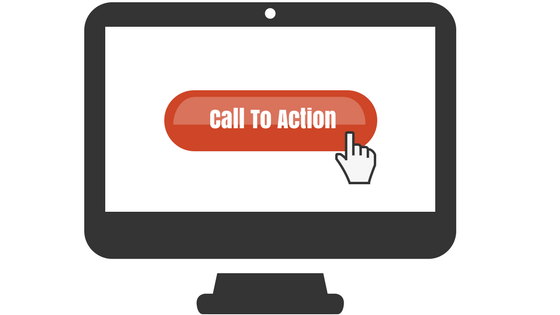
Call to Action(CTA) are the buttons that are used on a website to guide users towards conversion. The most common CTAs are: Start a trial, to sign up for updates, to download the app, book a consultation and many others.
Using a clear and attractive Call to Action button improves the user experience of any website. The Call to Action attribute should be placed on every page of the website. It has been observed that websites which have a clear CTA have higher conversion rates. Having a clear CTA also improves the overall user experience.
Moreover, if your website is designed in folds, it is important to keep your Call to Action above the fold so that it is easily visible to the users. Here are a few things that you should keep in mind:
- The colour of CTA matters. Using colours can make the CTA stand out and gives them more prominence. Use contrasting colours in CTA’s as compared to the colour scheme of the entire web page.
- The CTA text should be action-oriented. Avoid using passive verbs in the text. The text should be subtle yet active enough to prompt the user to take the requested action.
- While writing the Call to Action text, the word count should not be more than five words.
Hence, a clear and visible call to Action in your web design is imperative to a great User Experience.
2. Catch Your 404 Errors
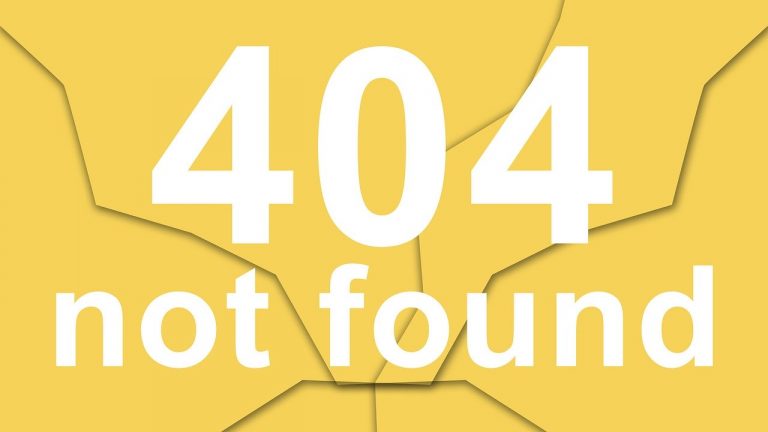
While searching, users generally expect to land on the exact specific page they were searching for. In case they land an error, a 404 error in most cases, they will navigate to another site in their search for faster service.
Well, 404 errors have the capability to drive users away from your webpage. But, I understand, 404 errors are not completely unavoidable. So, how do you tackle the problem?
- The first step is to find out for which searches the 404 errors are displayed and then fix them as soon as possible.
- Rather than allowing your site to navigate to the standard ‘404 error: page cannot be displayed’ page, personalize the error messages so that users find them friendly and appealing.
- Use relevant, entertaining and pleasing images on the error page to reduce the annoyance caused to the user.
- Make it clear to the users that you will provide a comfortable and smooth browsing experience. To achieve that, customize the error text and add a personal touch to it.
While it is not possible to completely eliminate the error messages, fixing these no found errors will bring you one step closer towards designing a good UX.
3. Faster Page Loading Time
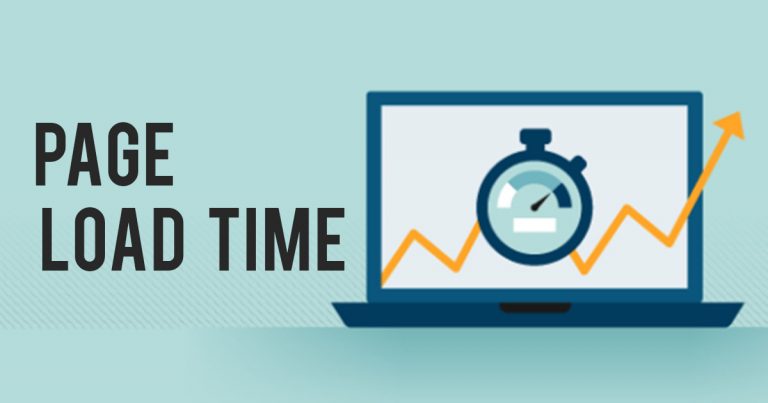
If your webpage loads slowly, it will frustrate the users who will eventually abandon your website and move on to another site which has a faster loading time.
It has been observed that if your page takes more than 2 seconds to load, the user leaves the website. Also, based on the loading time of your website, users decide whether to further visit your site or move on to another site.
So, if the landing page of your website is slow, there are high chances that the user might not even go through your website.
Remember, just improving the page load speed of the website for desktop is not enough. It is important to optimize for mobile users as well. With the mobile-first approach being promoted by Google, optimizing and designing your webpage for mobile users has to be done without fail.
There are many online tools which can help you check whether your website delivers a speedy user experience across all platforms. One of them is PageSpeed Insights by Google. Using this tool, if you enter the URL of the site you want to check, Google will highlight the areas where your page speed is weak and also give suggestions on how you can improve.
4. Use Authentic Images
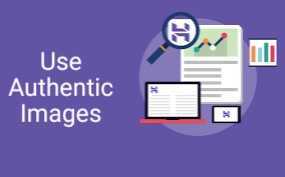
Images instantly lift up any webpage and make the content visually appealing. But, the kind of image you choose, can make the overall design of the page appear good or bad.
Rule — Stay away from stock photos, always. While it is cheap and extremely easy to use stock photos, trust me, it will do more harm than good.
Stock images might look professional, but, within no time the users will be able to make out that these are stock images and thus lose interest.
Original photos draw more visitors as they have a realistic approach to them and the user can connect with them. Whereas stock images are overused and don’t appeal to the users.
One more thing to keep in mind is that using stock photos will send across a message to the sure that you have not invested much effort in designing the website. Also, it won’t look unique as they might have already seen it somewhere else.
So, always use authentic images, no matter how basic and simple they might look. But, stay away from stock photos.
Conclusion:-
A great User Experience is not just about providing useful information. Rather, it includes providing useful information in an engaging and pleasing manner. No matter how good your service or product is; if it is not able to catch the users attention, it is not enough.
Hence, invest time and efforts and to create an engaging website design. Rest assured, your focus and efforts on improving the User Experience of your website will surely generate more traffic and improve conversion rates.





